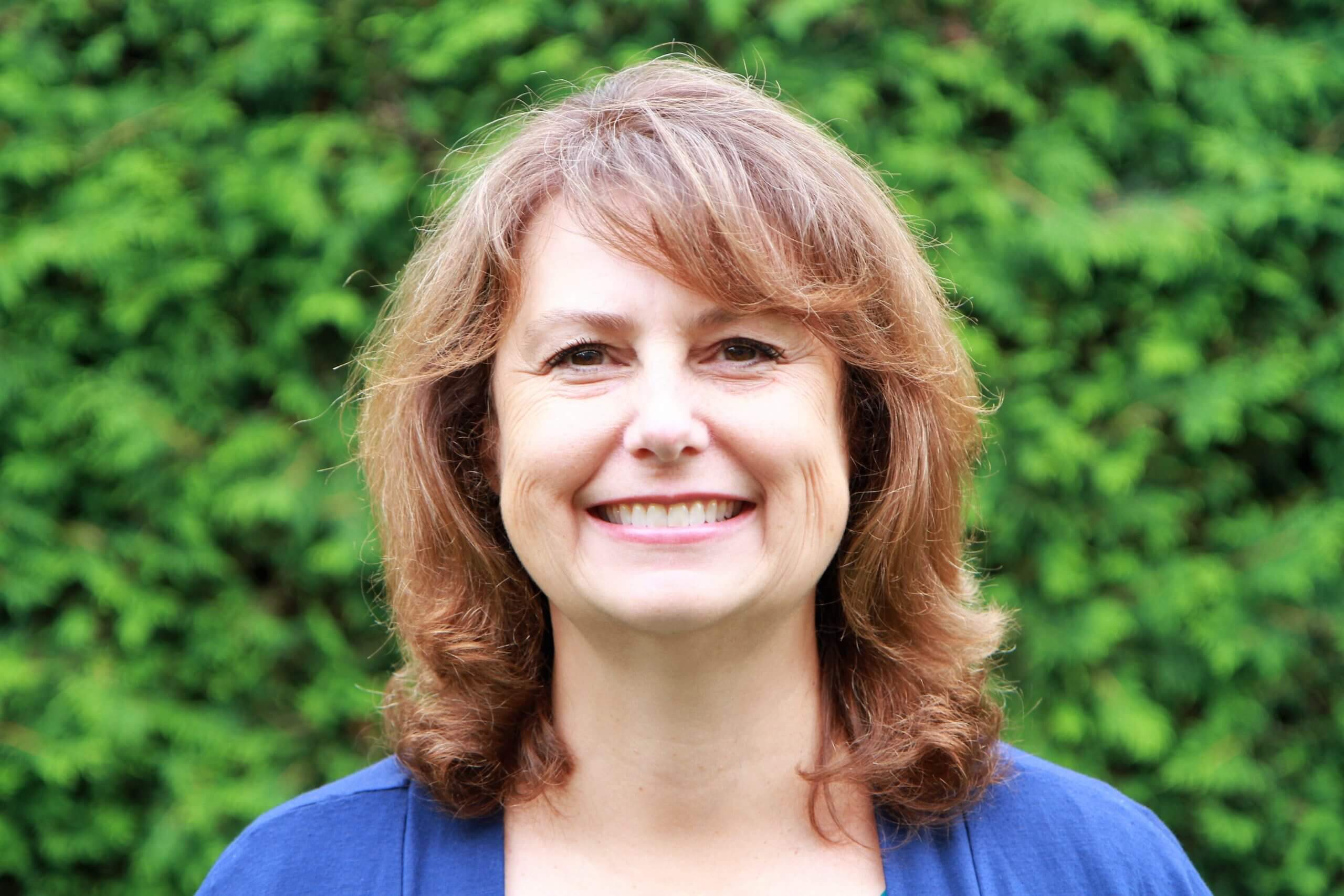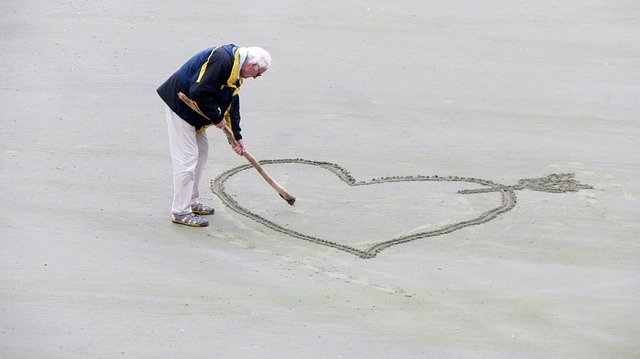Age Equity Alliance volunteer blogger Barb Koppe is interested in 50+ adults and healthy aging issues. In this article, she highlights signs that people are becoming more comfortable with aging.
According to a recent survey conducted by Adobe, emoji users overwhelmingly want more inclusive choices with culture ranked first followed closely by age and race/ethnicity.
What caught my attention? That age ranked so high in the survey. This is one example of a positive trend that people are becoming more accepting about their age or aging.
In the 2019 University of Michigan National Poll on Healthy Aging, about two in three older adults (ages 50-80) said their feelings about aging have become more positive as they have gotten older (67%) and that their life is better than they thought it would be (65%). The majority of poll respondents agreed that they feel more comfortable being themselves as they have gotten older (88%). The researchers concluded that although everyday ageism is prevalent, many older adults hold positive perspectives about aging.
Even faced with the COVID-19 pandemic, this positive attitude continued. In a survey conducted in April, 2020, of adults age 18-76, researchers found that even though the pandemic posed a heightened risk for older adults, their emotional well-being was better than in younger adults.
Intergenerational Contact and Education
It’s not only older adults who are becoming more comfortable with their age. There are indications that other age groups can change their views about aging as well. In a Cornell University review of interventions to reduce ageism against older adults, researchers found that education and intergenerational contact can reduce ageist attitudes. If people are taught more about aging, they become less scared and negative about it and less uncomfortable interacting with older people. The most successful programs combine education and intergenerational contact, and examples can be found in community and workplace initiatives.
Community Garden
Nursing students reaped the benefits of intergenerational connections in a participatory research project at the Mount Royal University in Calgary, Alberta. Students collaborated with older adults, people with mixed abilities, and preschool-aged children to grow a community garden. Working with the various participants in the garden, the nursing students learned:
- The intergenerational experiences in community gardening fostered community health and wellbeing in the participants.
- Everyone worked together, looking beyond age, ability, role, or authority, and just saw each other as community gardeners.
The community garden helped the nursing students to reflect on their previous experiences of working with older adults and to consider implementing alternative methods to address ageism and discriminatory attitudes.
Intergenerational Technology Program
South Dakota State University (SDSU) Extension created TeachSD, an intergenerational technology program where young people volunteer to teach older adults how to use technology. Older adults are eager to learn to use the technology and this provides an opportunity for younger people to interact with older people in positive ways. As Leacey Brown, an SDSU Extension Gerontology Field Specialist noted in her article, “Research suggests the key to squelching the impact of ageism is rooted in deliberate intergenerational activities.”
Pickleball
Playing pickleball creates intergenerational connections and helps reduce the stigma of aging. As one of the fastest-growing sports in America, participation increased 650% between 2013 and 2019. . The sport initially caught on with adults over 55 years but the biggest subset of growth is with younger people. It provides an environment for all ages to interact and connect while getting a great workout.
Community Outreach during the Pandemic
The pandemic has made an impact on how younger adults look at aging. A Future of Good article noted that “pandemic lockdowns forced people of all ages to find new ways to connect meaningfully with each other to counteract isolation and loneliness.” As young people saw how older adults were struggling during the pandemic, they reached out to older adults through volunteer activities such as letter writing, telephone and video chats, and grocery shopping.
These activities were a form of support but they also produced a connection between the younger generation and older adults. “For the first time maybe ever, younger adults are feeling what social isolation and loneliness is,” noted Dr. Raza Mirza, network manager for the University of Toronto’s National Initiative for the Care of the Elderly. “There’s more empathy and consideration…and the younger generation is starting to think about what their own old age will look like and work towards finding solutions that keep them in the community.”
Multigenerational Workplace
In the workplace, more businesses recognize the value of implementing inclusive policies that include age equity as a core value. In a survey of 6,000 employers, AARP found that 83% of business leaders say multigenerational workforces are key to the growth and long-term success of their companies. Other key findings from the survey included:
- 70% of respondents said they favor taking steps to promote unbiased recruitment practices.
- 3 in 4 (74%) would provide training and lifelong learning opportunities for older employees.
- 2 in 3 (68%) would purposefully design mixed-aged teams to leverage the advantages that both younger and older employees bring to the table.
For example, Mastercard supports a multigenerational workforce, consistently ranking in the Top 10 of DiversityInc’s 50 Best Companies for Diversity list. The company implemented a one-on-one ‘Social Media Reverse Mentoring’ program that involves younger employees helping older employees become more active on social media.
Grey Hair
Perhaps the most visible sign of this trend is the increasing acceptance and support for people with grey hair. When the pandemic hit, many people let their hair grow out as they were unable to go to a hair salon. But this created an opportunity for people with grey hair to re-evaluate their perceptions about hair color. Many decided that they liked it and wanted to keep the grey, including celebrities like Allison Janney, George Clooney, and Jane Fonda.
But even before the pandemic, there was a grey/silver hair trend with younger people who saw it as chic, sexy, and edgy (Park Jimin of BTS, Kelly Osbourne, Kim Kardashian). As grey hair leaves behind its negative image, more people will feel good about their natural hair color.
As more programs and activities include intergenerational connections and education to help reduce the stigma associated with aging, we’ll see more young people with positive attitudes toward older adults and people will feel comfortable about their age no matter the number.
Do you feel good about your age? Are you involved in an activity where you interact with people of all ages?
Barb Koppe is a freelance writer specializing in nonprofits. She is interested in 50+ adults and healthy aging issues. You can connect with Barb on LinkedIn or follow her on Twitter @barbkoppe.

Barb Koppe
Freelance writer specializing in nonprofits.
Barb is interested in 50+ adults and healthy aging issues. Connect with her on LinkedIn or follow her on Twitter @barbkoppe.


Well written, Barb!
I’m 50+ and greying-in and loving it,
Johnny